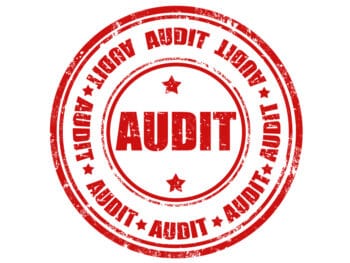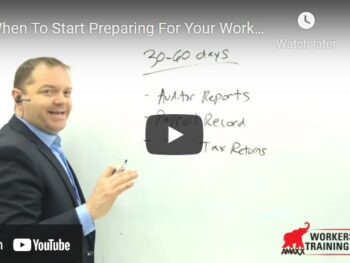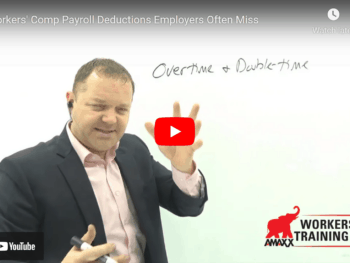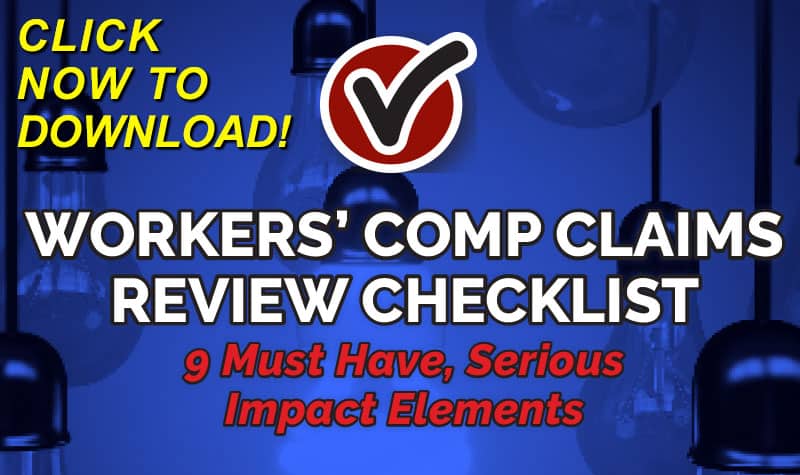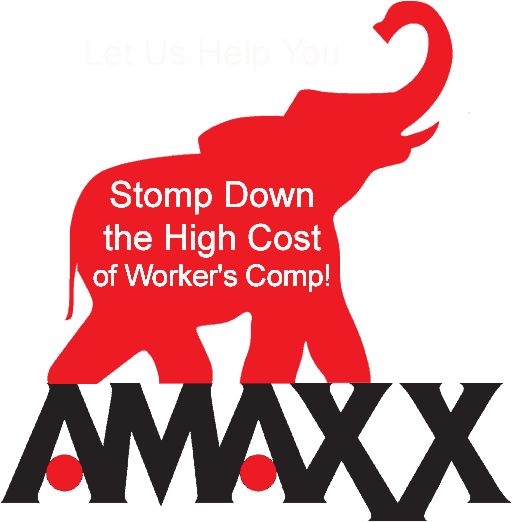Loss Run Outlines the Details of Each Claim
A loss run is a data summary of the claims you have. The loss run outlines the details and the cost of each claim. It is normally produced monthly for the employer, but can be done more or less frequently. As loss runs are computer generated, they can be tailored by your insurer or third party administrator to provide the amount of information the risk manager or workers’ compensation manager wants to see.
The insurance company underwriter will review your loss run financial data to determine what number will be used for your E-Mod – your experience modification factor. The E-Mod is the insurance company’s calculation as to whether or not your claims experience is better or worse than average. The average E-Mod is 1.0. If the underwriter calculates your E-Mod to be 1.2, it means your claim cost is 20% higher than average, and your next insurance premium will reflect your higher than average claim cost.
Click Link to Access Free PDF Download
“Workers’ Comp Claims Review Checklist: 9 Must-Have, Serious-Impact Elements”
The underwriter reviews both the frequency of claims and the severity of claims. By time you get the loss run, there is not anything you can do about the frequency of the claims, but a careful review of the loss run will allow you to have an impact on the severity of the claims.
The financial data in a loss run is a treasure trove of information the employer can use to reduce future work comp premiums. By carefully reviewing the loss runs, you will spot several areas where you can influence the claim cost and the calculation of your E-Mod for the next policy renewal.
Open Claims
Review your claims carefully to see if any open claims should be closed. In addition to the payments already made on the claim, the open claim will have reserves set aside for future payments. The extra reserves setting on claims that are open, but should be closed, are included in the underwriter’s E-Mod calculations. By having the claims office close the claims that should have already been closed, you eliminate the unpaid reserves and reduce the total claim cost the underwriter will be used to calculate your E-Mod.
Closed Claims
Ask that your loss runs include the claims closed within the last 90 days. The payments on closed files are usually accurate, but occasionally a settlement payment or other large payment is listed twice, artificially increasing the cost of the claim. By verifying the accuracy of payments on closed files, you prevent unnecessary claim cost from being included in the underwriter’s calculations.
Reserves
The underwriter will utilize the unpaid open reserves in the calculation of the E-mod. The underwriter’s approach is the unpaid open reserves will be paid eventually and they are a reflection of the claim’s value. Unfortunately, many times reserves are not updated when new information becomes available on a claim that will have an impact on the final cost of the claim. As you review your loss run, ask yourself on each file “is the reserve accurate?” If the answer is no because the reserve is too high (for example: the employee’s surgical correction turned out better than expected, of the disability rating was lower than expected) have the adjuster to reduce the unpaid open reserve to reflect what will be paid on the claim. When the review of reserves is done on every file, it can have a major impact on what the eventual E-mod for the next policy period will be.
A word of caution: Do not try to push the adjuster to review every file for possible reserve reductions. If you push for reserves to be reduced on every file, you may remind the adjuster of possible reserve increases which can hurt your E-mod.
Subrogation
This is the most overlooked area where an employer can reduce their E-mod. Any time a third party is responsible for the injury to your employee, the adjuster should pursue recovery from the third party. Every dollar recovered should be recorded on your loss run as a credit against the dollars spent on the claim. By reducing the total cost of the claim, you reduce your future insurance premium. Review your loss run carefully to be sure you are getting credit for the subrogation recoveries.
Not Our Claim
Every loss run is based on data inputted into the computer. The data is numbers which the computer translates into words. A mistake in inputting the employer data can result in a claim being on your loss run that is not your claim (the old garbage in – garbage out thing). If you spot a listing for a claim that you are not familiar with, take time to verify it is your claim. The incorrect listing of a claim on your loss run that is not your claim has a double negative effect on the underwriter. The claim is counted against your company for both frequency and severity. Contact the insurer or third party administrator and have the claim that is not yours removed from the loss run
By carefully reviewing and correcting all errors on your loss run, you can have a positive impact on the underwriter’s calculation of your loss experience. By verifying the accuracy of the E-mod use to calculate your next insurance premium, you can eliminate unnecessary overcharges.
Author Michael B. Stack, CPA, Director of Operations, Amaxx Risk Solutions, Inc. is an expert in employer communication systems and part of the Amaxx team helping companies reduce their workers compensation costs by 20% to 50%. He is a writer, speaker, and website publisher. www.reduceyourworkerscomp.com. Contact: mstack@reduceyourworkerscomp.com.
©2012 Amaxx Risk Solutions, Inc. All rights reserved under International Copyright Law.


